Sculpted by wind and water for millions of years, Antelope Canyon is a hidden treasure in the heart of Page, Arizona. The Navajo name for Upper Antelope Canyon is Tsé Bighánílíní, or “the place where water runs through rocks.” Frequent flash floods and erosion have left the ravine’s walls with a smooth, “flowing” texture. Today, Antelope Canyon’s sandstone walls and stunning shafts of natural light are a must-see in America. Discovered in 1931 by a young Navajo girl, Antelope Canyon has remained a cornerstone of the Navajo Nation’s history and business operations.
Although there are different tour companies at Upper Antelope Canyon, they are all operated by the same core Navajo family. Today, you can book a tour with a local Navajo guide for about $40 to $110 per person, depending on the length of time or type of photography you intend to do. The ticket price includes the $16 Navajo Permit Fee, which allows you to enter Navajo Nation’s 27,000 square mile land space. When I visited in July, I purchased a one hour guided tour at Lower Antelope Canyon (which, according to the locals, is far better than Upper Antelope Canyon) to see for myself the beautiful color, shape, and texture of this sandstone slot canyon.
To descend into the canyon, our tour guide instructed our group to climb down a steep, metal staircase for about twenty feet. According to our guide, an unlucky tourist once fell off the stairs while taking a photo, hence their new rule: “You are only allowed to photograph once you reach the canyon’s floor.” The walk to the staircase itself is beautiful as you can see the ripples in the rock that were created by the area’s regular monsoon season. The most recent flood occurred in October 2006, causing Tribal Park Authorities to close down the Canyon for five months after a 36-hour downpour.
As you can see, the sandstone is breathtaking. I was in awe while walking through the canyon and couldn’t help but glide my fingers over the smooth walls. The tour was fast-paced but rewarding, and I had time to admire a long stretch (about 3/4 of a mile) of the canyon in the 60-minute time frame. The ravine itself was very narrow, causing our group to press up against the walls and duck under the lower-ceiling areas. Despite the ravine’s sharp twists and turns, Lower Antelope Canyon had a calming effect that I won’t forget. It’s incredible to see a natural work of art that has been molded by water for more than a million years. The vibrant orange and red tones of the rock, coupled with the stone’s tendency to twist and curve in every direction, creates an incredible visual effect.
Here, I took a picture of the “Rocky Mountain skyline,” captured by pointing my camera up to the Canyon’s ceiling. Sunlight was beaming through the top of the canyon, leaving my photo to be a bit overexposed near the ”mountain’s” base. Alongside this shot, there was also an opportunity to capture a picture of a “seahorse” and a “pipeline.”
In all honesty, it was sheer luck that I was able to explore Lower Antelope Canyon. I was in Littleton, Colorado – at my grandparent’s house – when I booked the last $40 “General Guided Tour” ticket from Ken’s Tours on May 20th, and somehow made it to Page, Arizona in time for my 4PM (Arizona time) slot on May 21st. To give you some background, my boyfriend and I decided to take a 9-day road trip in May in which we started in San Francisco, stopped in Lake Tahoe, Salt Lake City (Antelope Island), Colorado National Monument, Denver, Moab (Arches National Park), Antelope Canyon, and the Grand Canyon, and ended in Los Angeles. It was an action-packed trip – we slept in the car, pulled up to miscellaneous campsites at 11 PM, and survived off of gas-station popcorn. We also didn’t plan ahead. Once we reached a city, we’d Google the nearest campsite or ask a local for a recommendation. Due to our spontaneity (or lack of planning, take your pick), we were able to visit some amazing campsites that were off the beaten path. The trip itself is another story for another time. Let me know in the comments below if you’d like to hear more about or see photos from my road trip in May!
I love this picture as it enables you to see the texture, direction, and porous structure of the sandstone. Sandstone, quite obviously, is made of sand granules that were forged together. Therefore, Lower Antelope Canyon’s passageways will continue to erode and morph over time. In the last flash flood, many rocks were dismantled and carried away by the fast-flowing water, altering the canyon’s previous structure.
This photo was taken at the very end of my Guided Tour. As you can see, the canyon stretches for hundreds of feet and can only be accessed by dropping down to its bottom. During monsoon season, rainwater fill the entire 200-foot-deep corkscrew passage. If you live on the West Coast or in the Mid-West, Lower Antelope Canyon is a definite must-see. Antelope Canyon is also a two-hour drive from the Grand Canyon and Zion National Park. If you plan on doing a road trip, you can also stop to see one of these sites!
While the public considers Antelope Canyon to be the “Eighth Wonder of the World,” the Navajo hold the canyon in high esteem due to its unique spiritual value. Many Navajo tour guides hold special ceremonial prayers to honor the canyon before tourist season (mid-May through September). Lower Antelope Canyon is a unique gift from nature and its beauty is unsurpassed in many aspects.
After my 60-minute tour, I drove to Horseshoe Bend to see the sunset. Located 10 miles away, or a 15-minute drive, from the Upper Antelope Canyon, Horseshoe Bend is a miniature version of the Grand Canyon that has a spectacular overhead view of the Colorado River. It’s a 15-minute walk to get to the viewpoint from the parking lot, so plan on bringing water if you want to see the horseshoe! This arid region can reach temperatures of up to 100 degrees!
From the red rocks to the gently flowing blue river, Horseshoe Bend is a great site to see at sunset. Overall, I had a great day in Page, Arizona – I hope to go back soon!
If you have been or want to go to Antelope Canyon or Horseshoe Bend, let me know what you think of these sites in the comments below!
XO, Kim
SUBSCRIBE TO MY YOUTUBE: @KimChwalek
FOLLOW ME ON IG: @KimChwalek
SHOP MY FASHION FAVORITES: kimcollective.com/fashion
CHECK OUT MY SPOTIFY PLAYLISTS: kimcollective.com/playlists
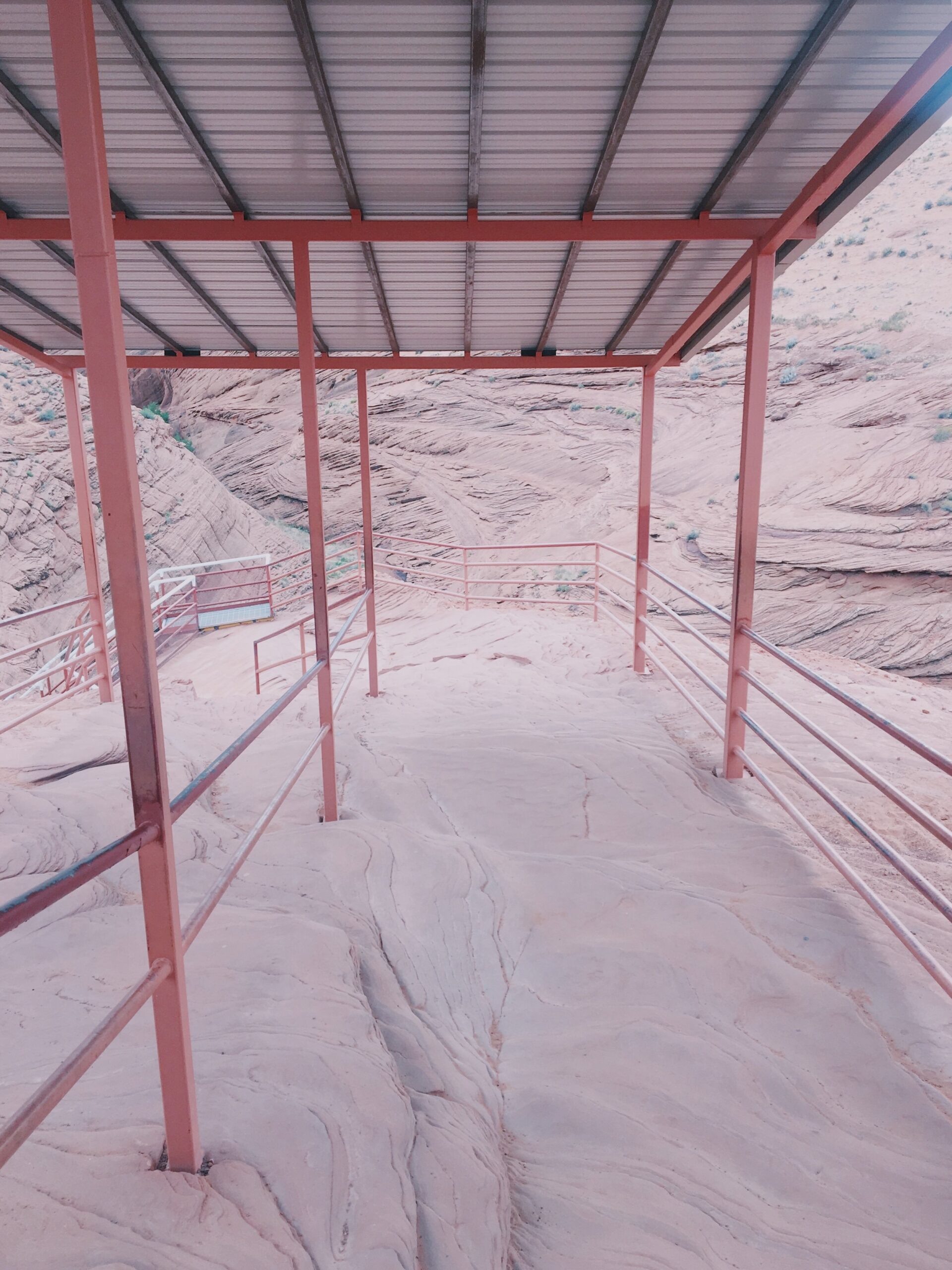

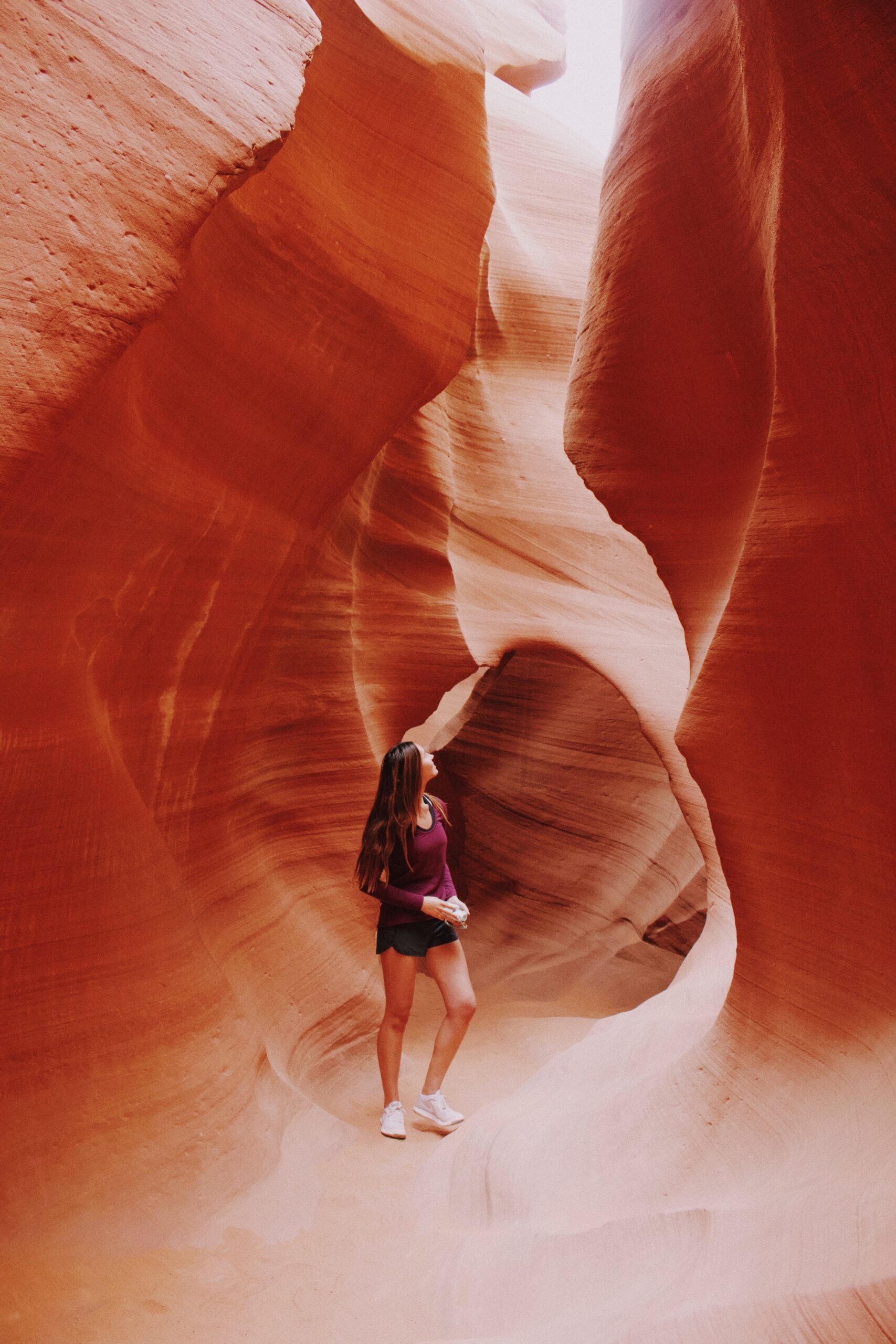

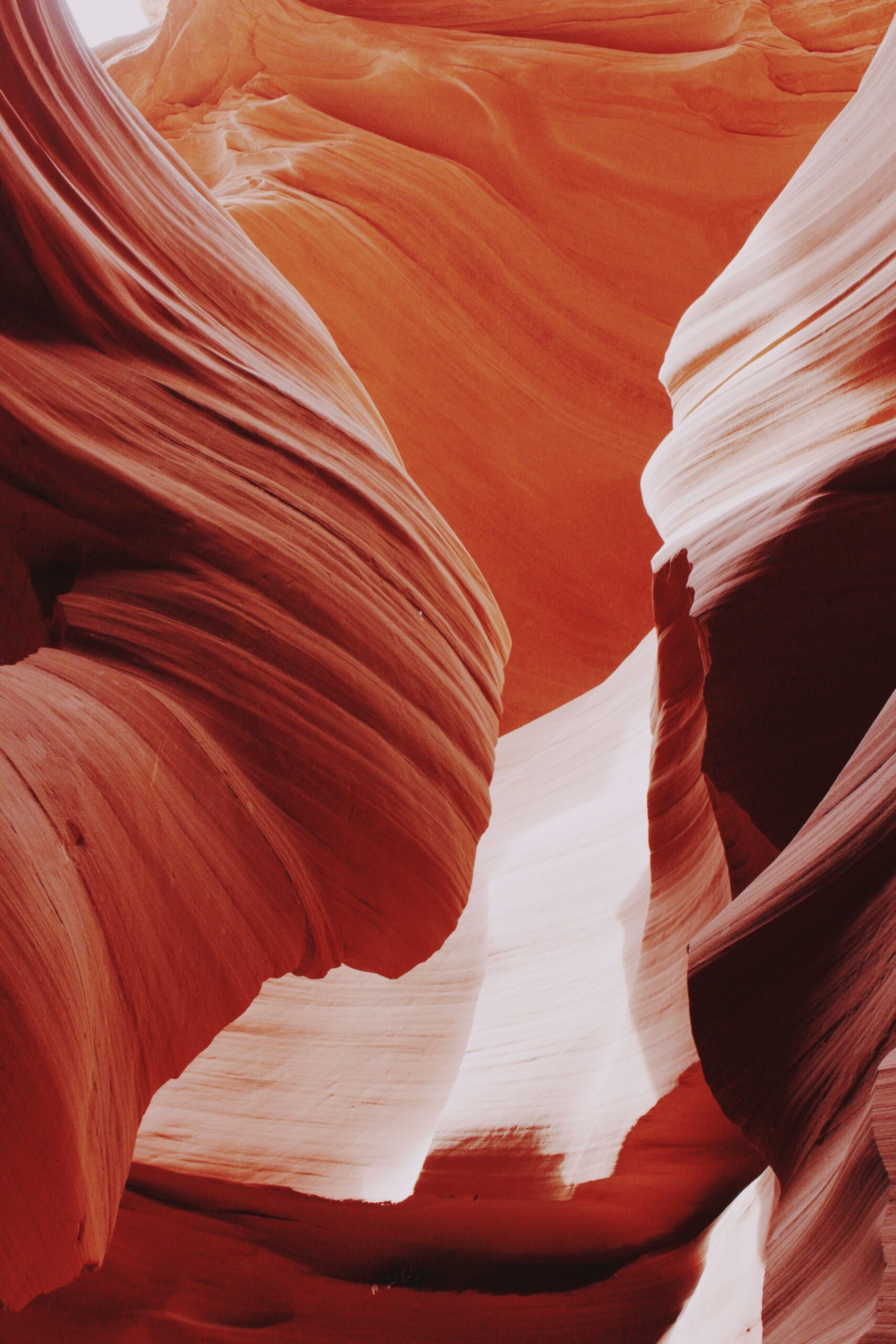
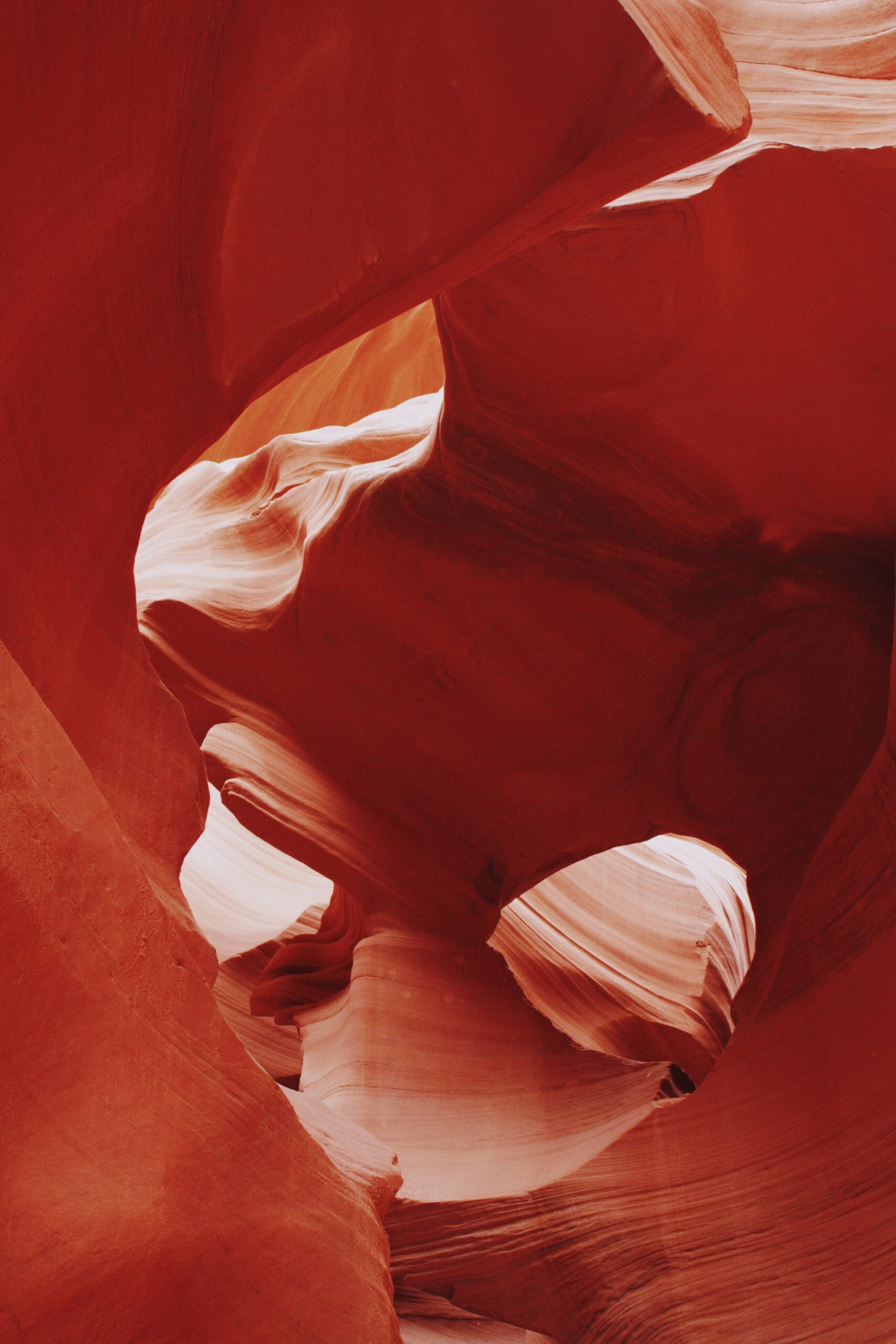

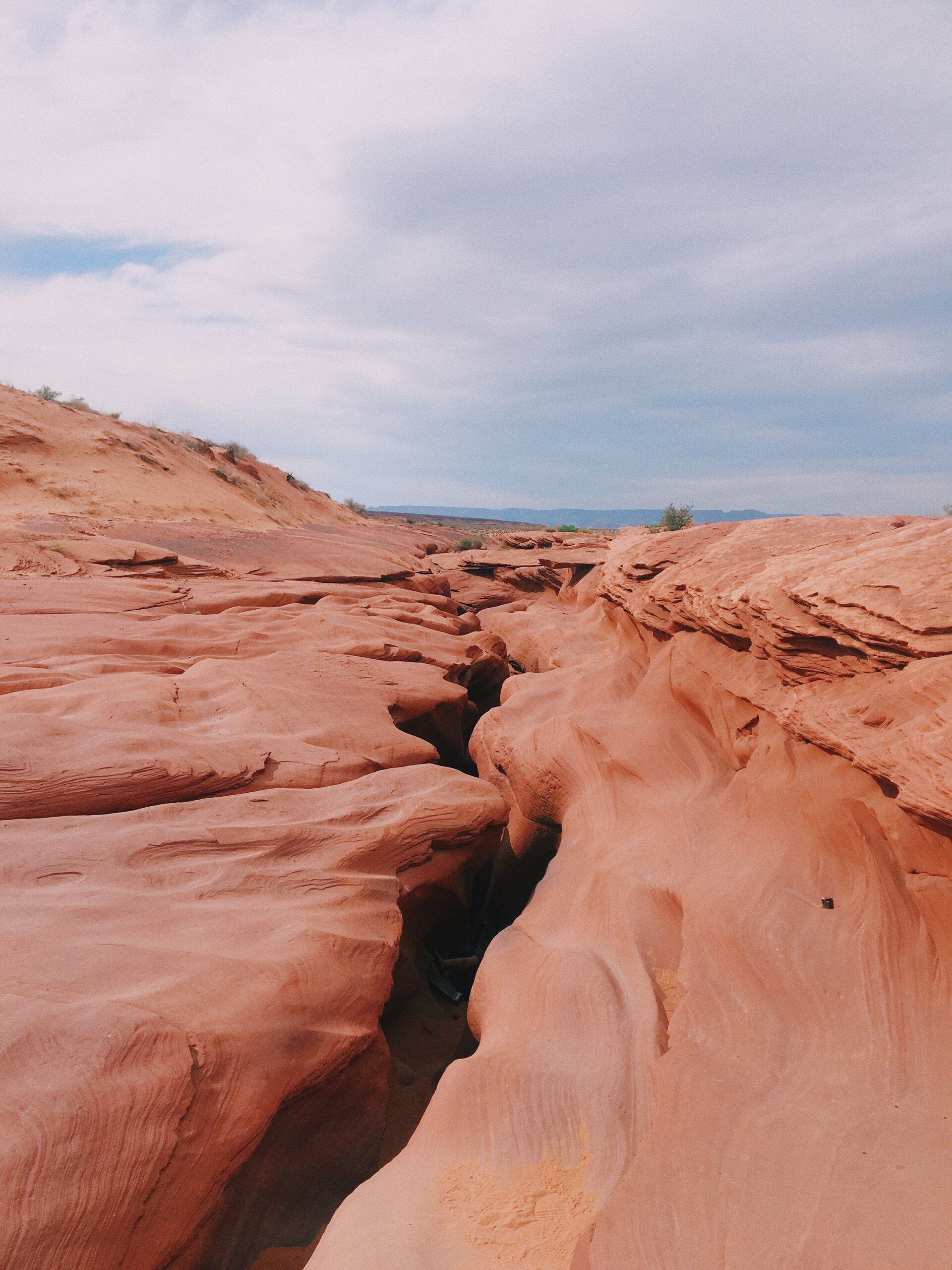
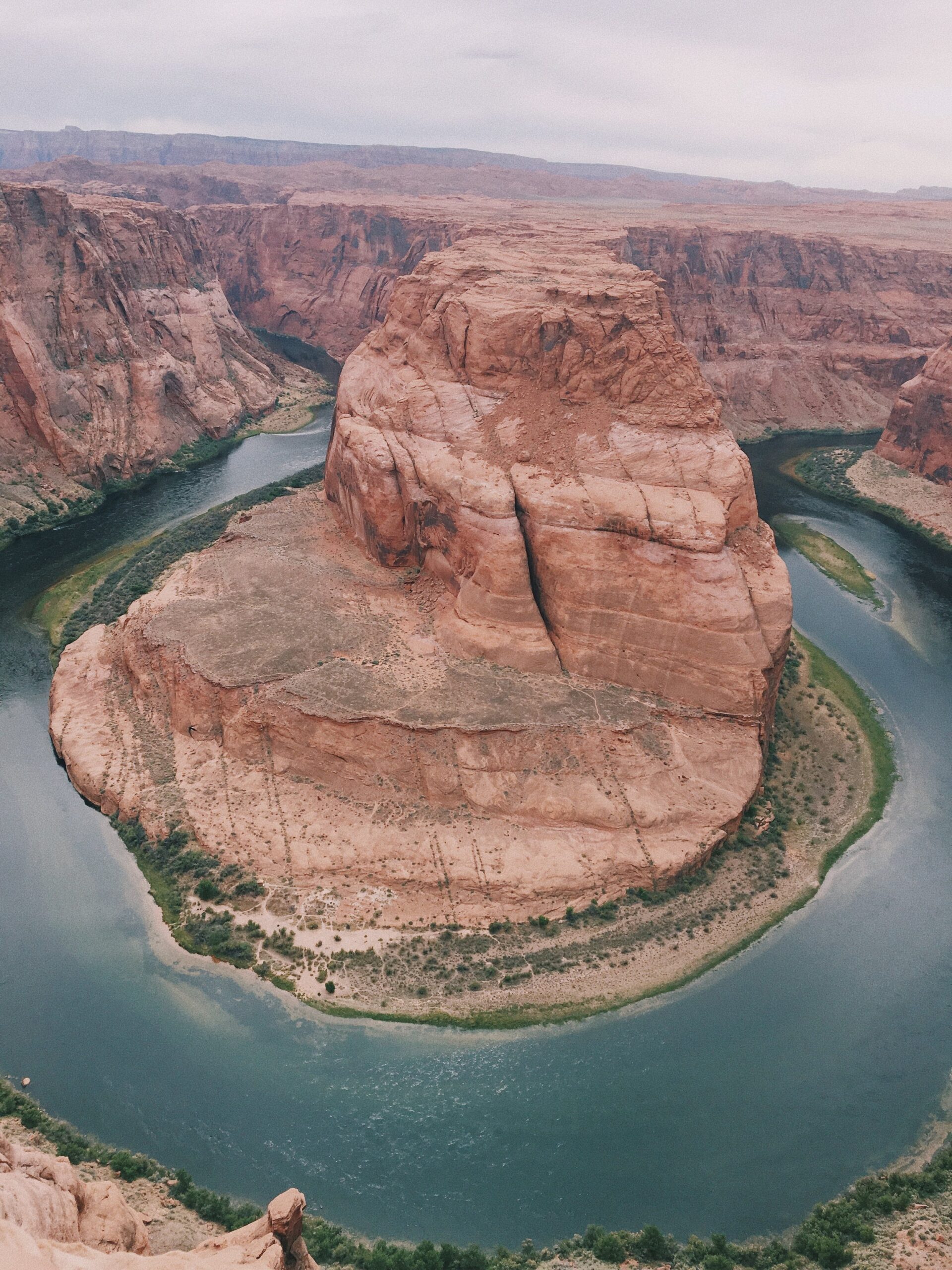
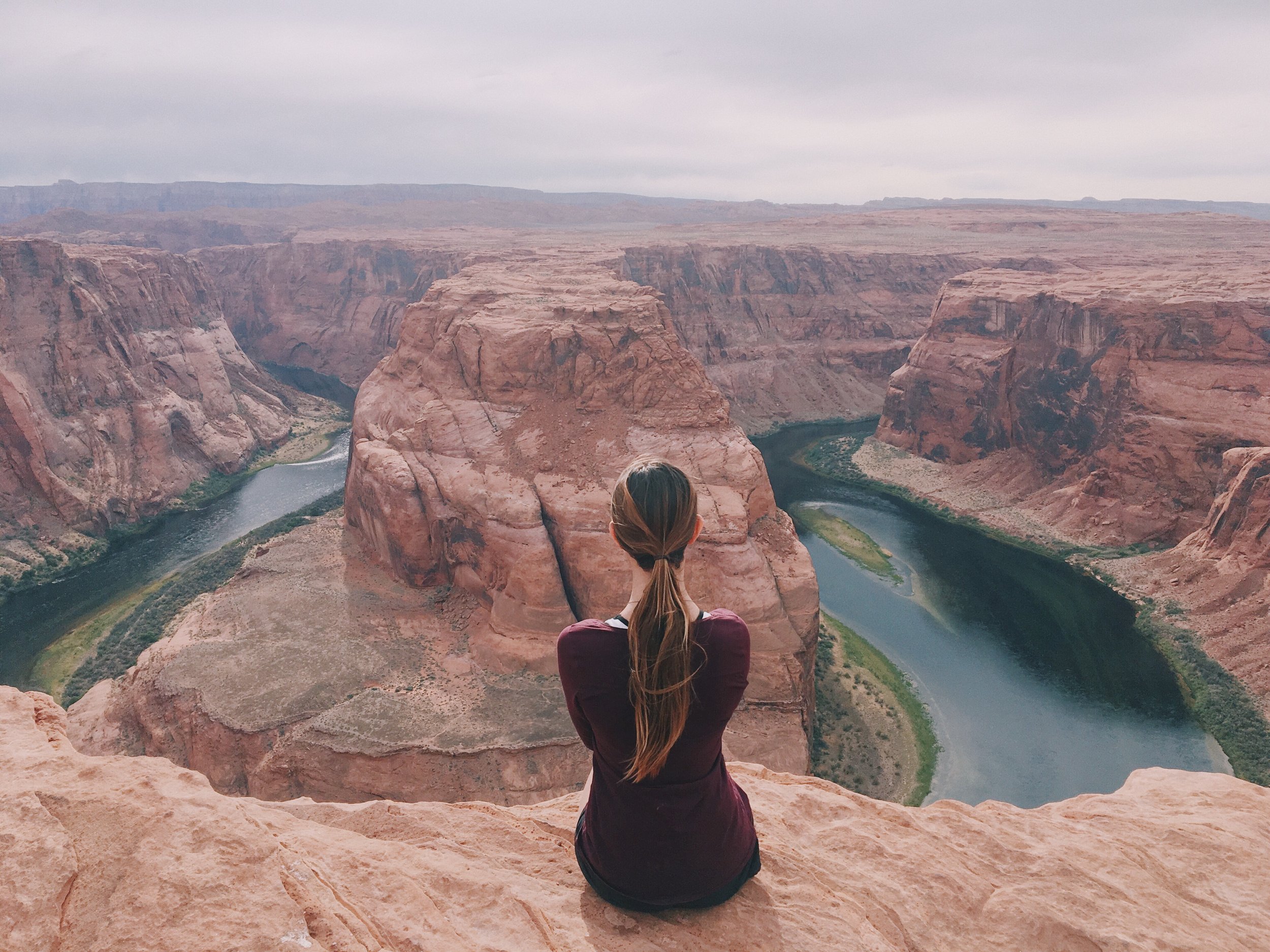
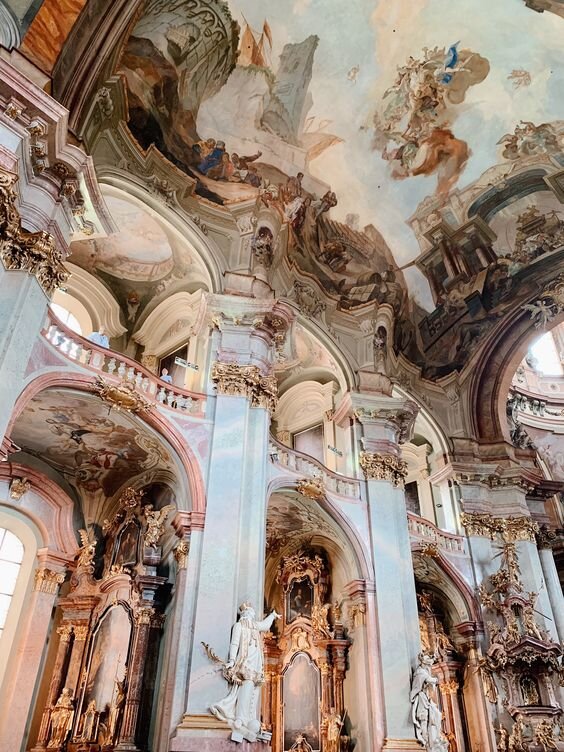

Here is a jam-packed summer guide that guarantees a good time!